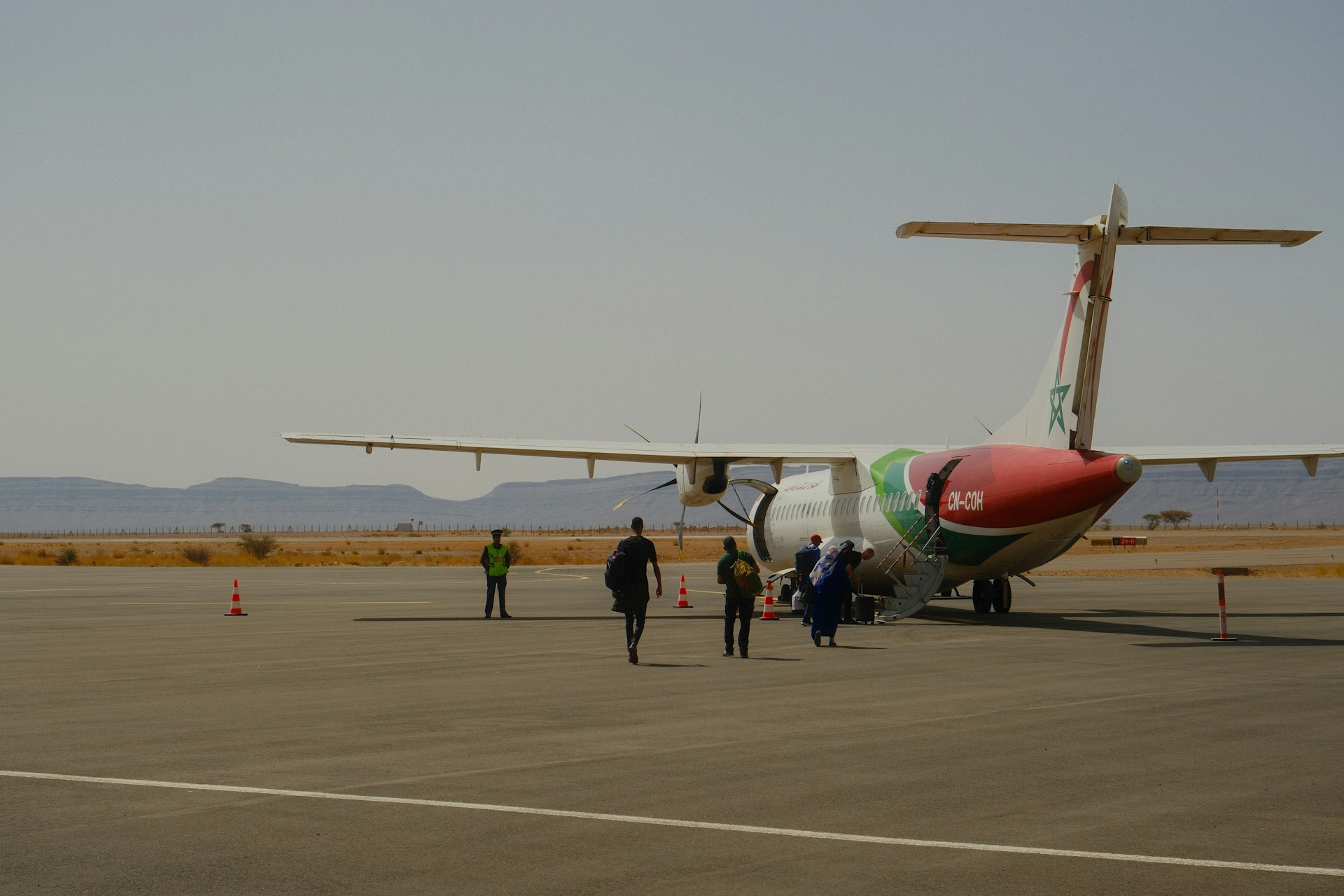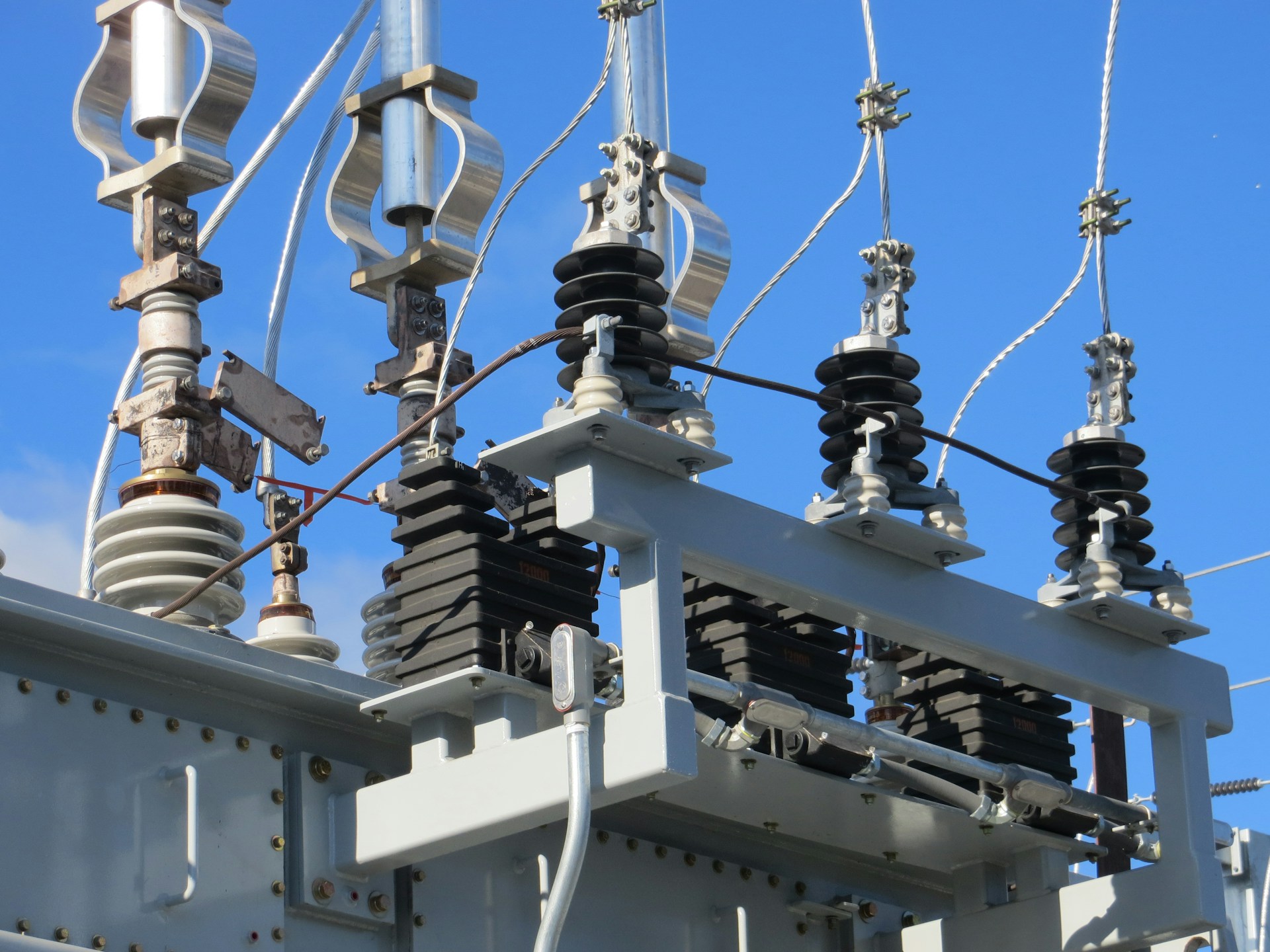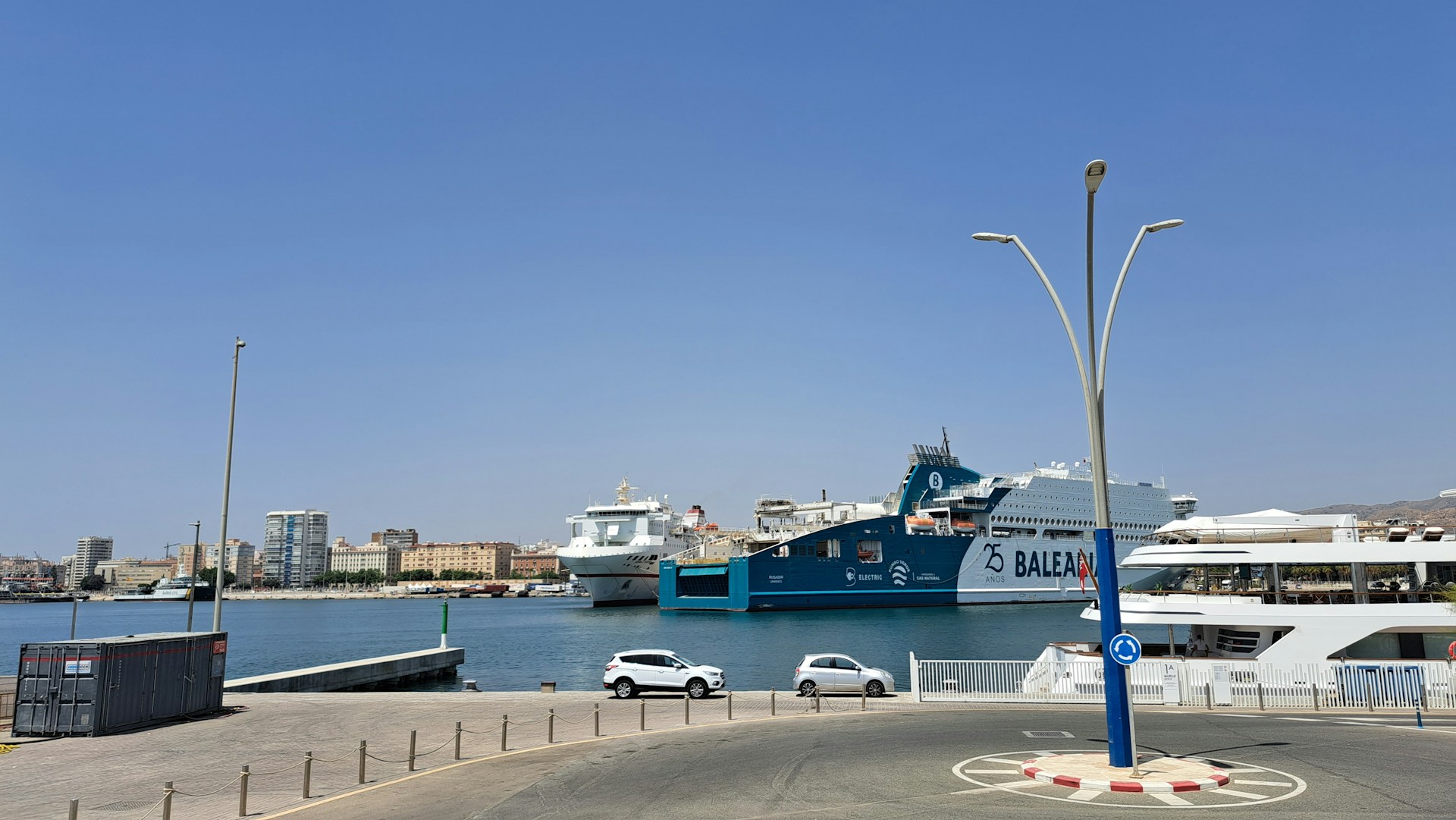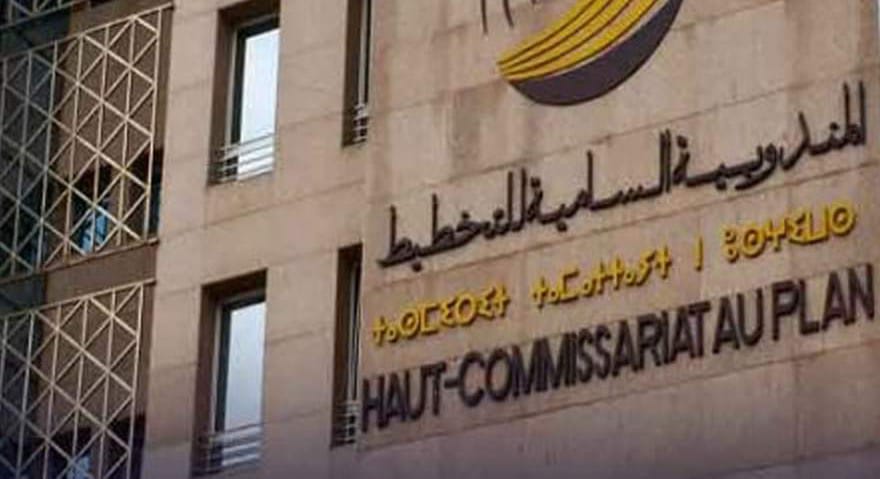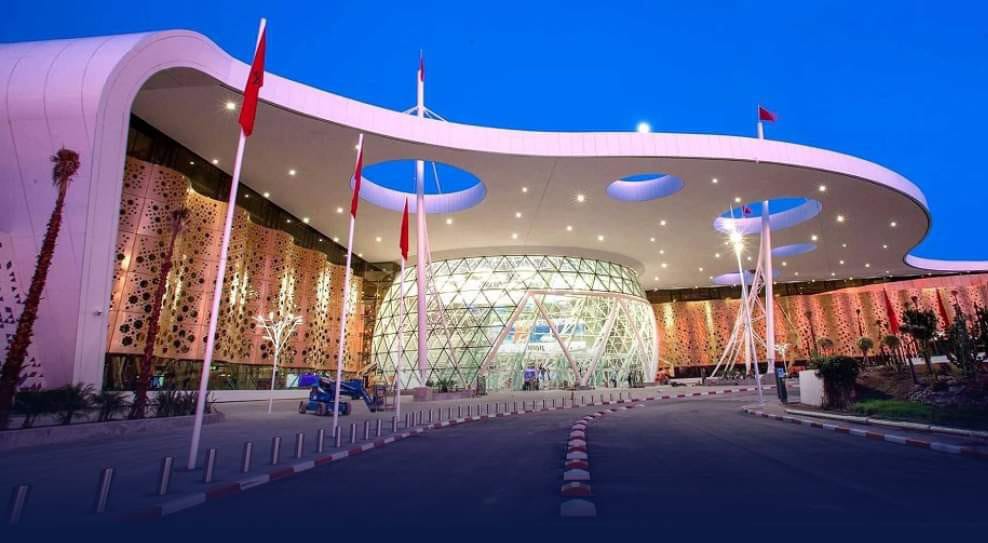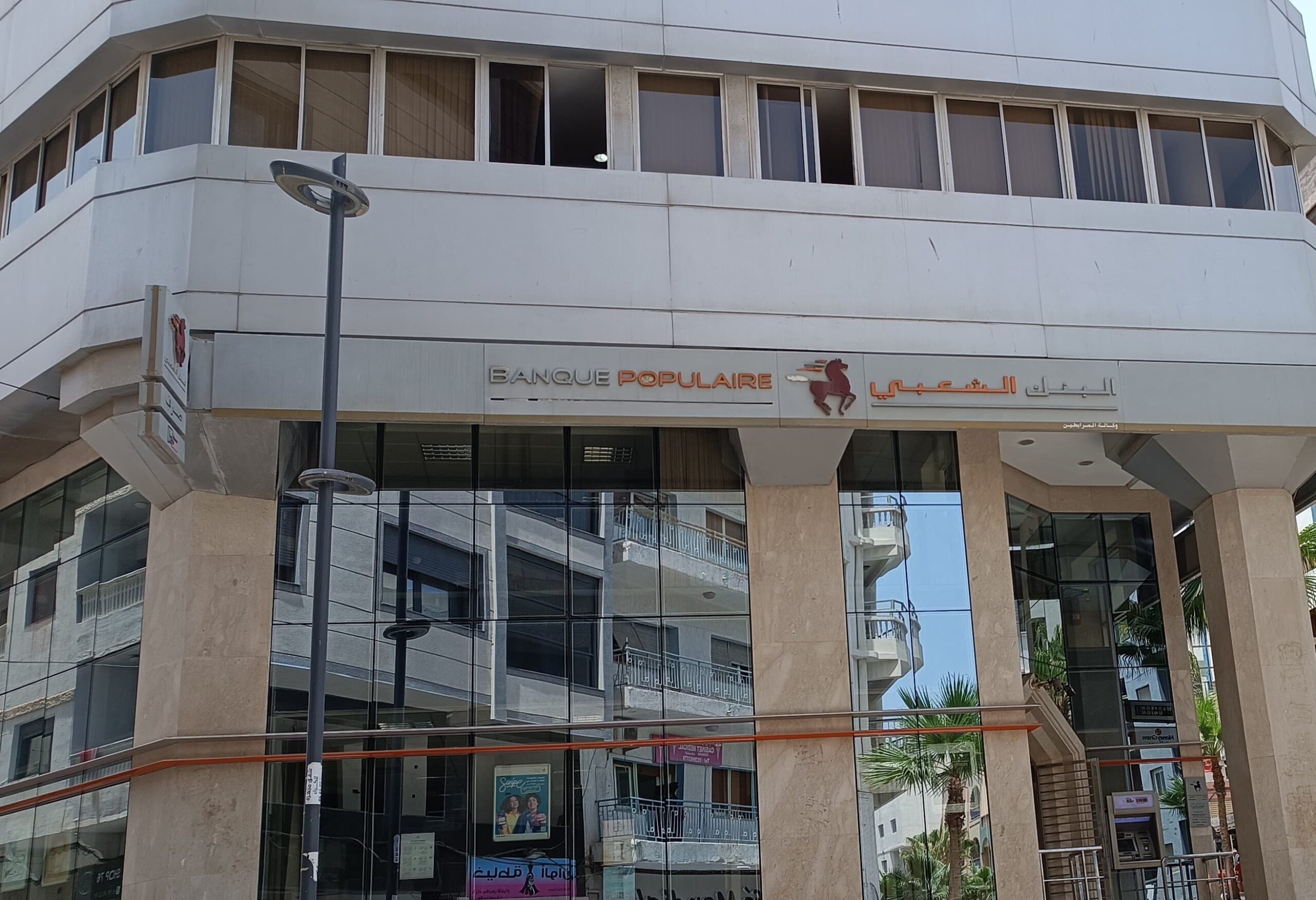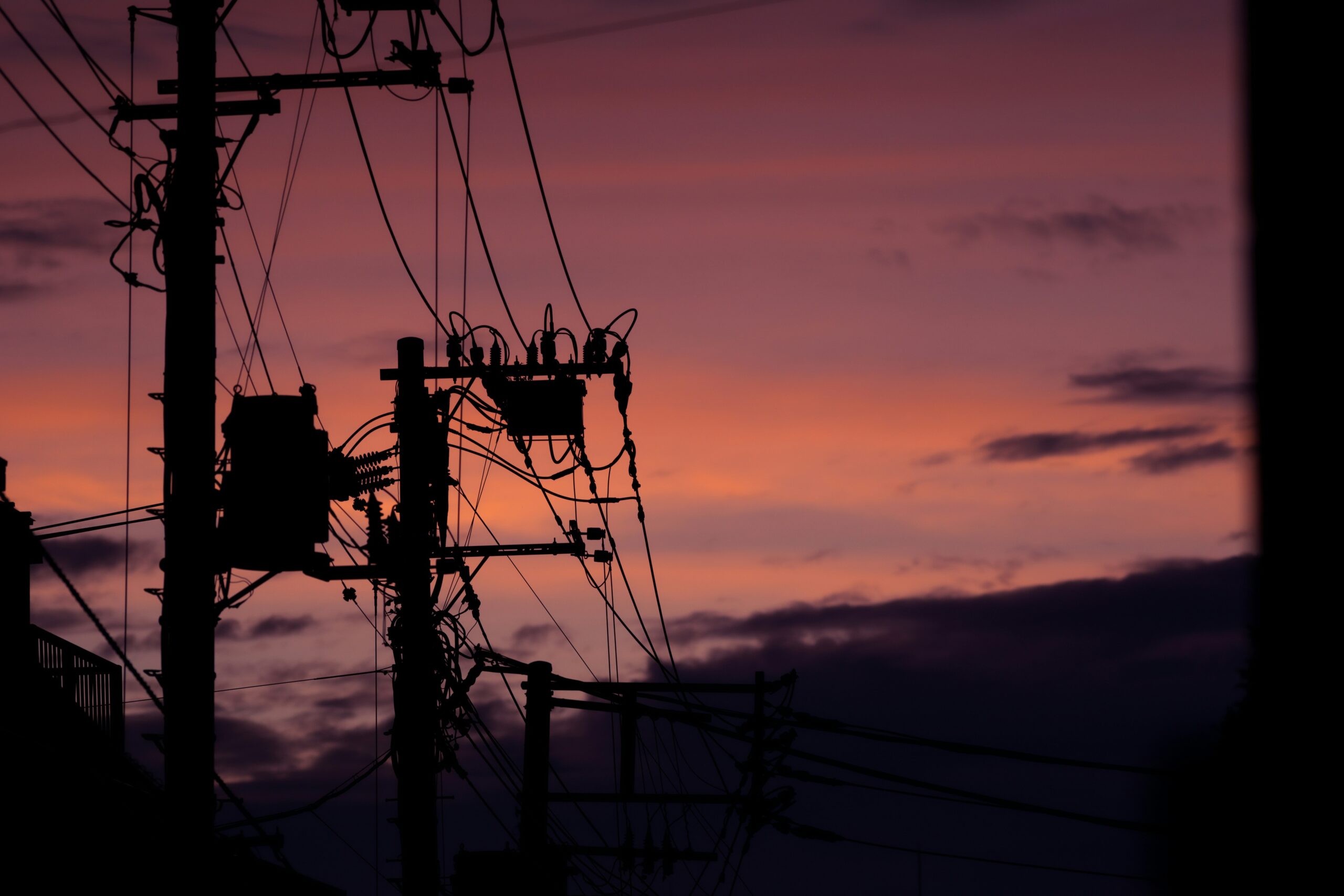Casablanca – The Strait of Gibraltar is set to host a groundbreaking environmental and technological milestone with the launch of the world’s first zero-emission maritime corridor between Tangier City Port in Morocco and Tarifa in southern Spain. The project, spearheaded by Spanish shipping company Baleària, involves the deployment of two fully electric fast ferries starting in 2027, establishing a new benchmark in sustainable maritime transport between Europe and Africa.
A strategic public-private partnership
Announced on June 25, 2025, during a high-level event in Tangier, the project is the result of a public-private partnership (PPP) involving Baleària, Spanish and Moroccan port authorities, and several engineering and energy companies. The initiative will not only introduce cutting-edge vessels powered entirely by electricity but will also involve the electrification of port infrastructure on both sides of the Strait. The project was presented as part of broader efforts to modernize cross-border maritime mobility while aligning with international climate goals.
Full-electric fast ferries under construction
At the heart of the project are two identical electric catamarans, which are currently under development by Armon Shipyards in Spain. Each vessel will be powered by four electric thrusters producing a combined 16 megawatts (MW) of propulsion. Energy will be stored in batteries with a capacity of 11,500 kilowatt-hours (kWh), sufficient for the 18-nautical-mile crossing without requiring fossil fuel backup during standard operations.
Designed specifically for the Tangier–Tarifa route, the catamarans will accommodate 804 passengers and 225 vehicles, with a maximum speed of 26 knots. Their layout draws inspiration from Baleària’s existing LNG-powered ferries but features modifications for improved port compatibility and maneuverability, including bow thrusters, multiple rudders, and rear loading ramps for quicker embarkation.
To ensure uninterrupted operation in case of emergencies, each vessel will also be equipped with four backup diesel generators with a total output of 11.2 MW, although these will only be activated when necessary.
Smart charging systems and port electrification
Charging operations are a critical component of the initiative. According to Georges Bassoul, Baleària’s CEO, both Tangier and Tarifa ports will be outfitted with 8 MWh battery storage systems, linked to shore power supplies of 8 MW in Tangier and 5 MW in Tarifa. These energy reserves will be used to recharge the ferries during scheduled one-hour stopovers.
The company plans to use robotic OPS (Onshore Power System) arms that automatically connect the ferries to the port’s energy systems, allowing for a 40-minute rapid battery recharge. Combined, the ferry and port systems will offer a total storage capacity of 39 MWh, equivalent to the batteries in approximately 765 electric vehicles.
Environmental and operational impact
The transition to electric propulsion will have a significant environmental payoff. According to Baleària estimates, the new vessels will help eliminate the emission of approximately 44,000 tons of CO₂ annually. In addition to cutting greenhouse gases, the electric engines will reduce noise and vibrations, improving comfort for passengers and minimizing the ecological impact on marine life in the busy Strait of Gibraltar.
“This project represents a decisive step toward carbon neutrality in maritime transport,” said Baleària President Adolfo Utor. “It’s a symbolic and practical link—a green corridor—that connects two continents and reinforces our shared environmental responsibilities.”
Utor added that the initiative reflects Baleària’s long-term strategy to invest in eco-efficient and intelligent ships, noting that the company already operates 11 LNG-powered ferries and two electric vessels, introduced in 2023. Baleària reports a 10% reduction in carbon emissions per passenger in 2024, underscoring its leadership in green maritime innovation.
Integration with regional mobility strategies
The new ferries are expected to integrate seamlessly into broader mobility plans, especially during high-traffic periods such as Operation Marhaba, which facilitates the annual return of Moroccan expatriates during summer. The Moroccan Ministry of Transport has highlighted the importance of increasing vessel availability and modernizing infrastructure to meet growing passenger and vehicle volumes.
Currently, Morocco mobilizes 29 ships weekly, offering a capacity of 500,000 passengers and 130,000 vehicles through four Moroccan and 12 European ports. The addition of zero-emission ferries on the Tangier–Tarifa route will enhance both environmental performance and operational efficiency during these peak transit periods.
A model for sustainable maritime transit
The Tangier–Tarifa electric corridor is expected to serve as a global model for short-distance maritime sustainability, offering insights into how technology, infrastructure, and international cooperation can converge to meet climate objectives.
As the 2027 launch approaches, Baleària and its partners continue to advance vessel construction and port retrofitting. If successful, the project could catalyze similar green corridors elsewhere in the Mediterranean and beyond, redefining short-haul sea transport in the age of decarbonization.
